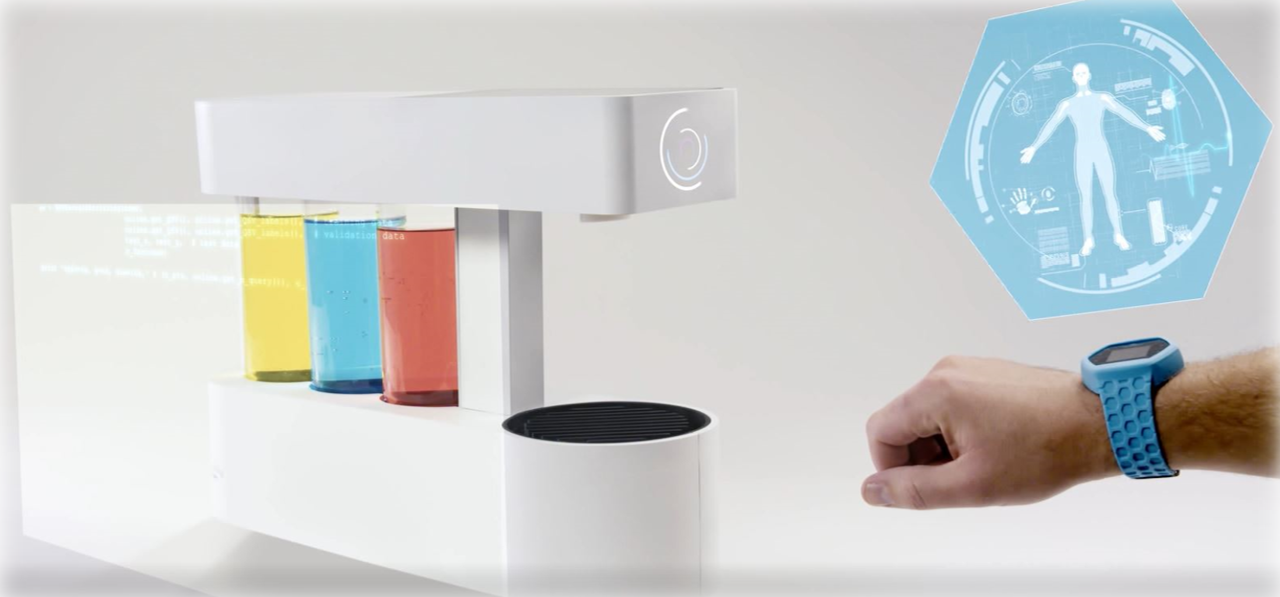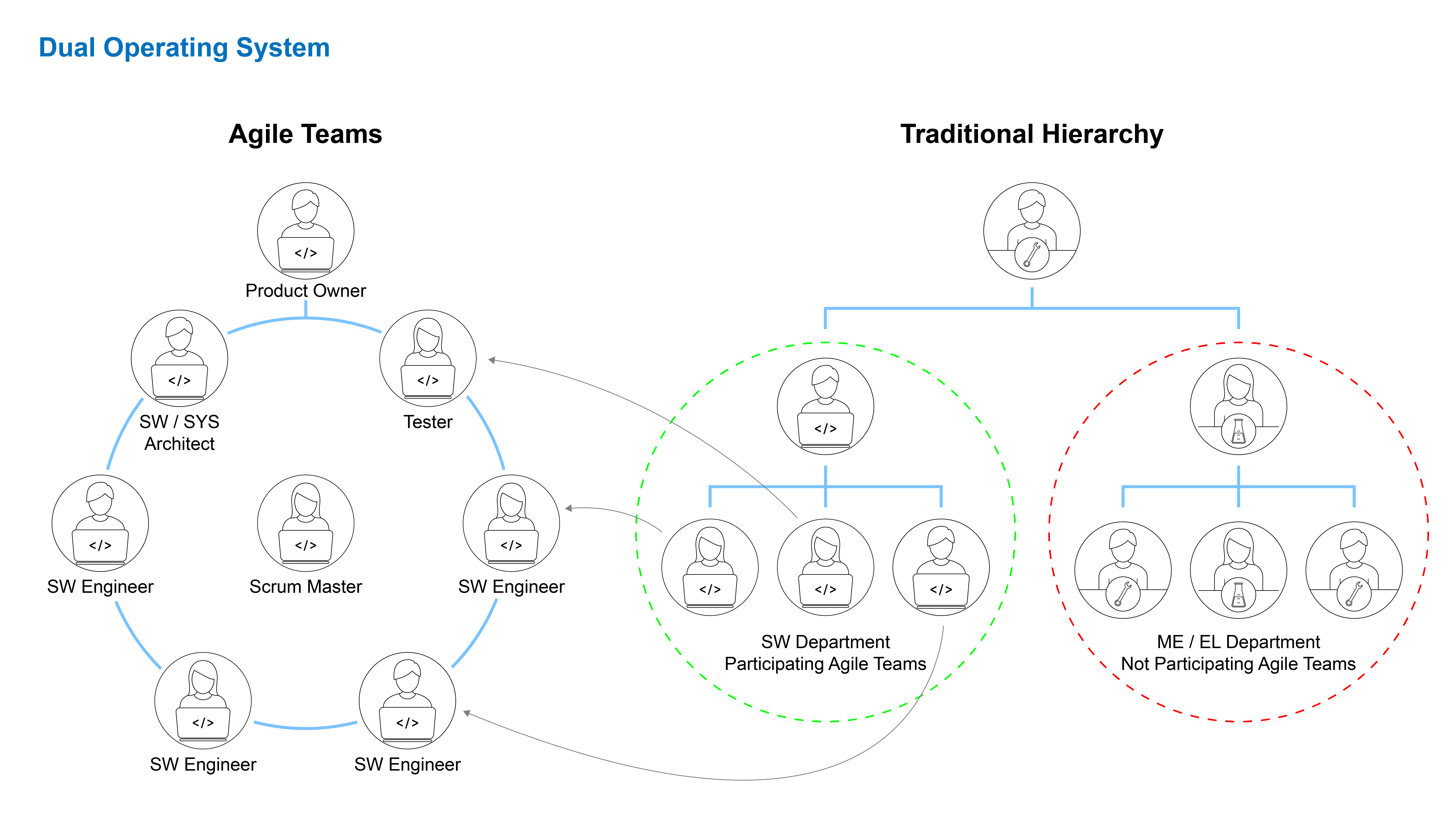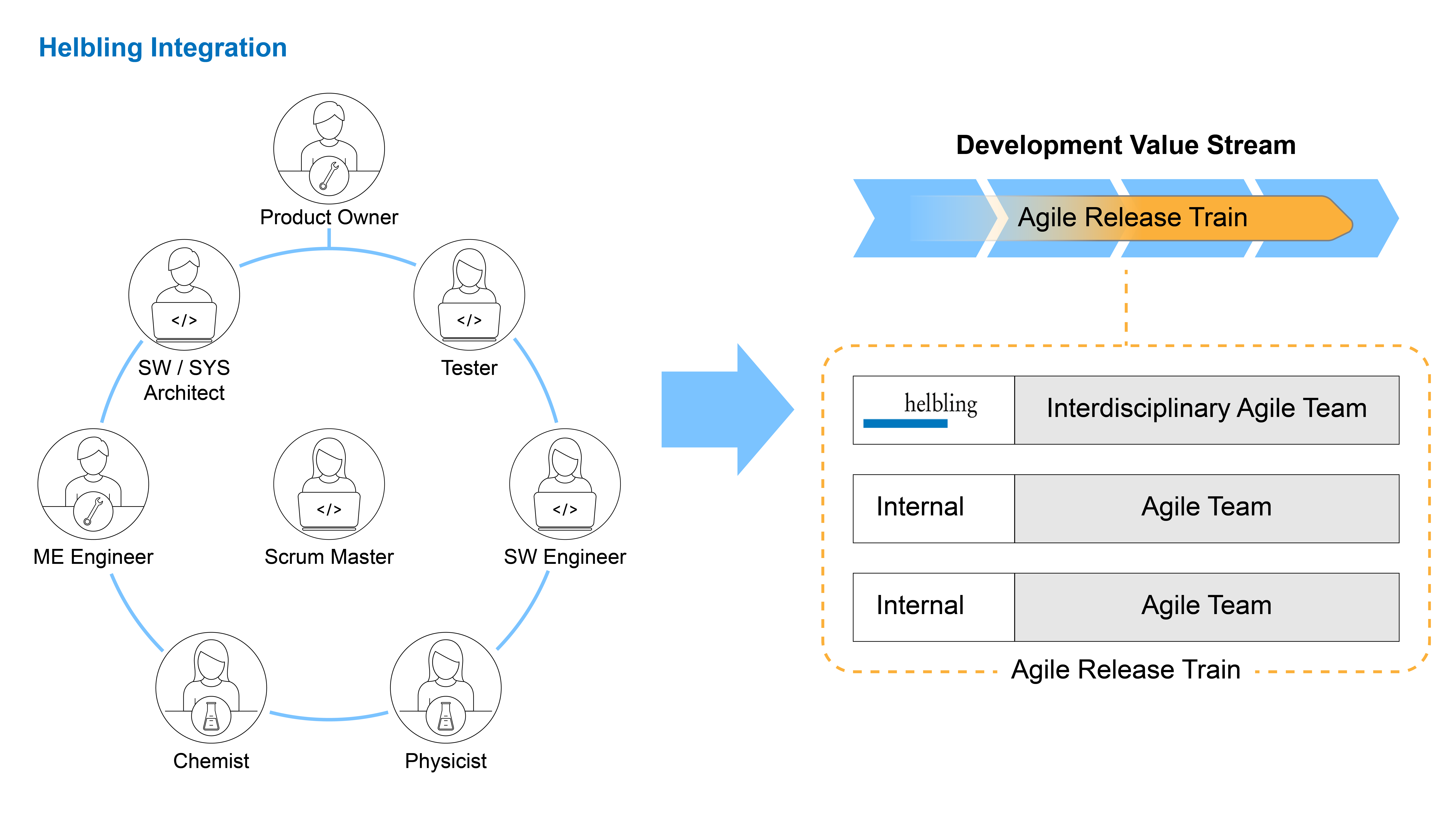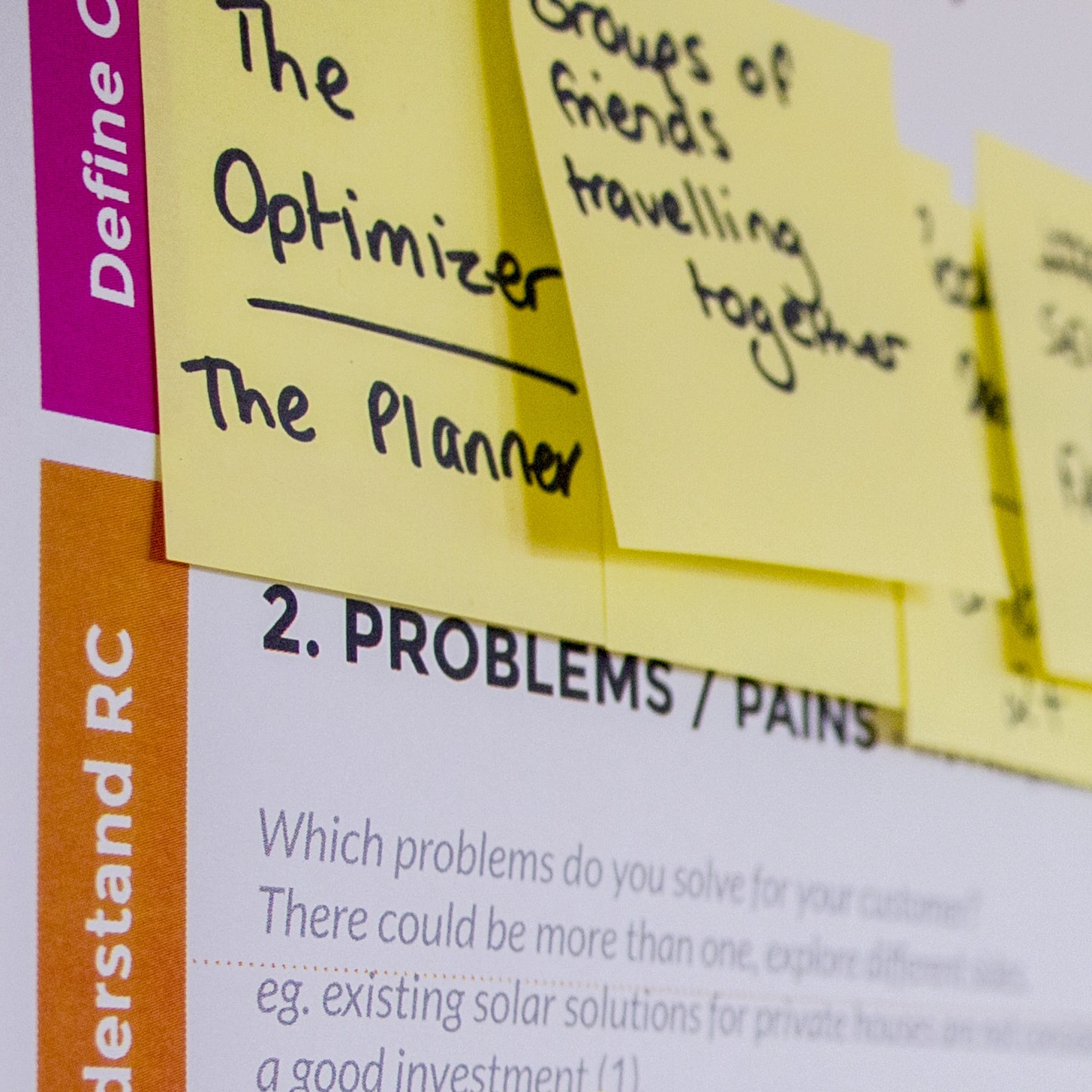Industries
November 2022
Over the last 60 years, Helbling Technik has established a professional R&D service offering, successfully applied in thousands of third-party engineering development projects of increasing complexity. The service offering includes engineering and scientific excellence, development and lab infrastructure, know-how, and industry-specific experience and development methods. The latter is based on the triad of scope, time, and costs, which is fundamental for creating robust development plans and for controlling the execution of innovation programs. The goal is to deliver contractually agreed work products in time and within budget, and thus to create added business value. Recently, novel development methods have emerged in academia and industry. In this context, Helbling experts are proving the compatibility of agile development methods with their other proven development methods.
Reason for change
More and more companies are transforming their project and program development organization scheme from a traditional waterfall format to a more agile way of working. This change has been driven by several factors, such as the time to market, which becoming increasingly important. Furthermore, development is more focused on delivering value, while the fail-fast mindset and a culture of transparency are becoming more crucial. Nevertheless, software is increasingly accounting for a greater proportion of system development and the de-facto standard for software engineering team organization is based on scrum. In the end, platform development becomes more important than developing products individually.
Several limitations of traditional project management have been identified when confronted with these driving forces, raising questions such as:
- How does traditional project management handle platform development?
- How much does each project contribute to platform development?
- How are projects prioritized differently versus platform development?
- How will the agile software teams report and integrate into projects?
- How can a fast-fail, high-transparency mindset be integrated into a robust, long-term project plan?
This brought about the pursuit of a new way to achieve agile working across several teams. Guided by the success of scrum in software development teams, the search was focused on scaling the same concepts.
For several years, Helbling has worked in parallel with traditional development processes and agile methods and tools, such as scrum and Kanban. Helbling has also developed the competence to integrate with SAFe®. With its experience in traditional development processes and manufacturing design, Helbling can provide valuable knowledge for companies on how to combine both worlds.
The agile manifesto is expanding. It has become the standard in software development (https://agilemanifesto.org/prinzipien.html) and its first principle is as follows: “Our highest priority is to satisfy the customer through early and continuous delivery of valuable software.” Helbling believes that agile development methods thus are not limited to software, but should rather extend to system development projects, including electronics and mechanics.

The changes
Platform development instead of product development
In the past, companies have attempted to develop software platforms as part of product development projects. The goal of a project is to achieve the objectives within the stipulated time and budget. Projects usually do not consider long-term maintenance and operation, which leads to accumulation of technical depths in the platform.
When companies change to a framework such as SAFe®, product development based on a customized software platform becomes a valuable option. The software platform development is controlled by the architecture team and is implemented by agile teams. Model-based software/system engineering, attribute-driven design, and people with knowledge of software architecture design are important cornerstones for building a reliable, robust, and scalable platform.
Rapid integration, testing, and releases cycles are important factors for the success of an agile software platform. Typical DevOps toolchains such as Microsoft Azure DevOps, GitLab, and Jenkins facilitate this integration, but require specific know-how to keep pipelines fast and efficient. DevOps engineers work with technologies such as Docker and Kubernetes based on Linux as the main operating system. By using these technologies and tools, the development team challenges best practices in the IT department, which is usually focused on Windows-based operating systems.
Customers request more time and material contracts
Agile companies are constantly sensing and reevaluating opportunities for new and existing customer value propositions. This stands in contrast to long-lasting, fixed project goals. Instead of product development in projects with high upfront requirements engineering and concept studies, it is important to have access to agile teams who deliver value at high quality and with high predictability. Therefore, companies are seeking highly qualified development engineers in time and material contracts.
Companies face challenges in accelerating system development projects
Because the origin and focus of scaled agile methods lies in the software, the software departments are often the first and sometimes the only department to change to scaled agile methods. Many managers discuss the theoretical possibility of also transforming mechanical and electronic development departments to scaled agile methodologies but struggle with lack of understanding and support for the agile approach.

Scaled agile frameworks are no silver bullet
The increased agility of the organization challenges the established process. For example, ensuring conformity with regulatory needs (e.g., IEC 62304) or when product quality assurance and integration with V-Model is very important. Other challenges may be involved in setting up and integrating with production lines for mass production. At very least, sometimes there is a lack of integration with other development departments that are not yet working with scaled agile approaches
Some scaled agile frameworks do not provide strict guidelines for such situations and leave the resolution of these challenges to the implementing organization
How Helbling integrates into existing systems
A service provider like Helbling fits perfectly into existing agile release trains by providing full agile teams. This may include scrum master, product owner, and interdisciplinary teams of development engineers, potentially with software engineers, embedded firmware engineers, electrical engineers, mechanical engineers and even more specialists. The agile team may work at Helbling facilities and use its infrastructure, which allows for rapid software, electronics, and mechanical prototyping. The infrastructure provides:
- GitLab CI/CD and GitLab runner for hardware in the loop testing
- Azure DevOps
- Small to large scale 3D printing
- Mechanical workshop
- Electronics laboratory
- Small reflow soldering oven
- EMC laboratory
- Process laboratory
- UX/UI design lab
- Collaboration with companies that are used for building rapid prototypes in SLS, metal, electronics
Depending on the size, an agile team provided by Helbling can build full electromechanical prototypes within one program increment in about three months. Together with a network of prototype manufacturers, an agile team may build small series within two program increments of three months each. For companies requiring even faster growth, Helbling may also provide a full agile release train, which contains several agile teams and can deliver complex program increments.
To enable successful products, satisfied clients, and satisfied employees, Helbling attaches equal importance to innovative strength, implementation competence, reliability, and discretion, carefully combining proven development and project management methods with agile approaches to meet increasing demands for flexibility. Therefore, agile teams provided by Helbling are highly committed to milestones and cost estimations per defined product increment.

Summary: Helbling helps with the use of agile methods for extended projects
If companies hope to grow rapidly or extend agile methodology to full system development, then an external service provider like Helbling can be the solution. In this case, Helbling not only advises but also provides complete agile teams. A mature infrastructure is available for this purpose.
Authors: Aaron Riedener, Frederic De Simoni
Main image: Unsplash




